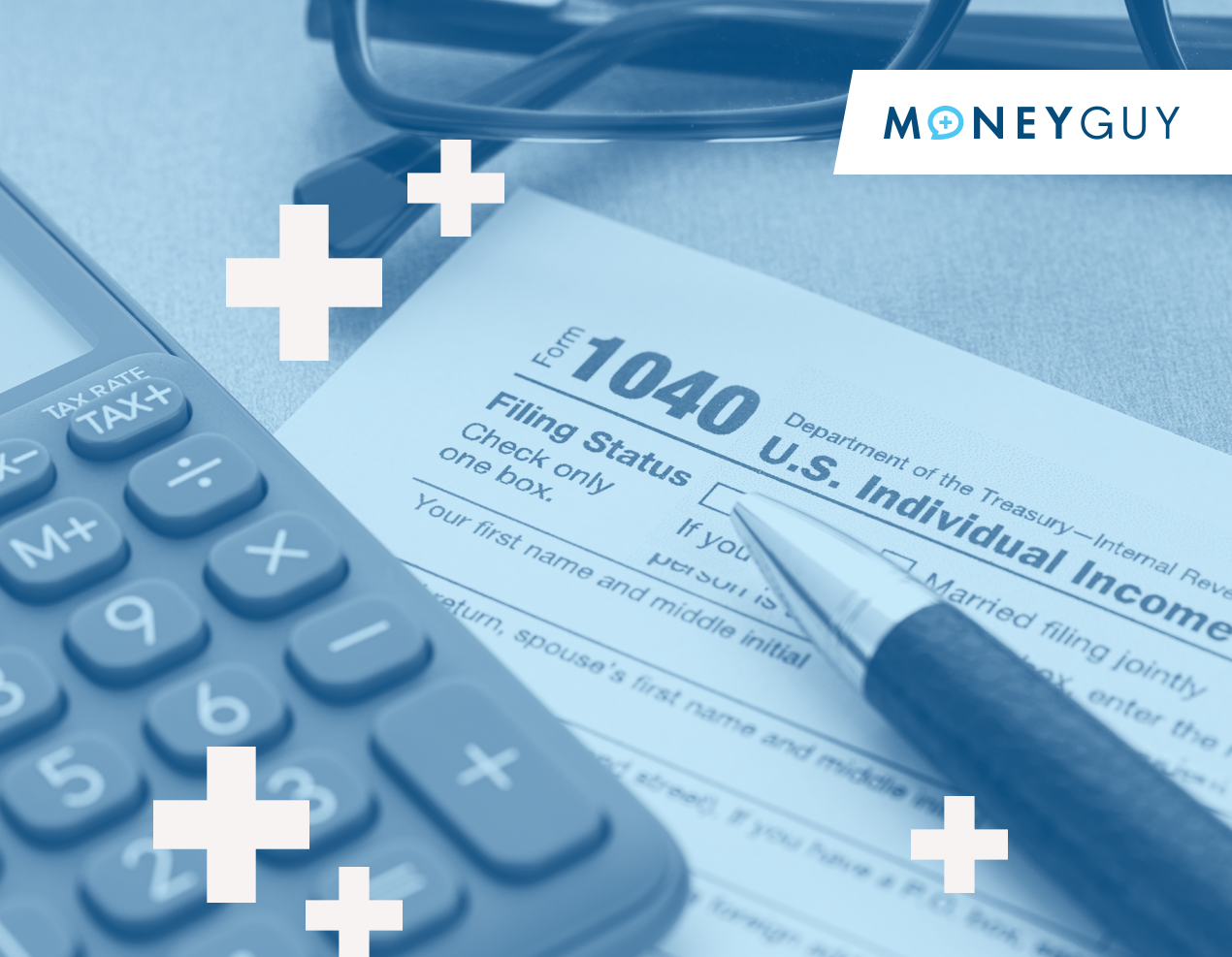
Change your life by
managing your money better.
Subscribe to our free weekly newsletter by entering your email address below.

Subscribe to our free weekly newsletter by entering your email address below.
Money-Guy 05-27-2011
Wouldn’t it be nice if choosing a credit card were as simple as doing some research, making an informed decision, and never thinking about it again? Unfortunately, changing rates, terms, and rewards mean that you have to stay on your toes in the evolving credit card market if you want to make sure your rewards are actually rewarding your good behavior.
Last week, I personally received a message from Chase regarding some “updated new benefits” to my rewards program. As I read the letter, I quickly realized that the so-called new benefits were actually negative adjustments to my rewards program in disguise. Chase made it seem like I should be excited about the changes when they were actually limiting my rewards, adding maximums, and requiring activation for rotating categories each quarter.
Perhaps Consumer Reports sensed my frustration about my current credit card situation, because they coincidentally released an article in the June 2011 Money Adviser issue, titled Credit Cards That Pay You. Some things to consider:
Additionally, the article included a list of the best rewards cards and some of their greatest features:
: $30 back after first purchase. 3 points per $1 spent on Amazon; 2 points per $1 at gas stations, restaurants, drugstores, office-supply stores; 1 point per $1 elsewhere. Points are unlimited and never expire. Once $25 is earned, it can be spent on Amazon; $50 can be converted to cash.
: Until $6,500 in annual spending, 1% cash back at supermarkets, drugstores, and gas stations; 0.5% elsewhere. After $6,500 in spending, rewards bump to 5% and 1.25%, respectively.
: 7,500-point sign-up bonus equal to $100 credit on statement. 2 points per $1 spent on dining, hotels, car rentals; 1 point per $1 elsewhere. $100 per year allowance for checked baggage, in-flight meals, drinks, entertainment, Wi-Fi, and legroom upgrades. $75 annual fee.
: 3% cash back on gas (1% after $3000 is spent) and dining; 2% on travel; 1% elsewhere. No annual fee with Costco membership.
: 2% cash back on gas and groceries at major supermarkets; 1% on everything else. Rewards never expire and can be redeemed at any time. No balance-transfer fee.
: 2 miles per $1 spent. 10,000 bonus miles after spending $1000 in first 3 months. $59 annual fee waived first year. No foreign-transaction fee. Venture One version has no annual fee; it pays 1.25 miles per $1 spent.
: $100 cash sign-up bonus; 5% cash back in rotating categories like airfare, gas, groceries, and home improvement; 1% on everything else. Cash-back never expires.
: 2 points for every $1 spent. Points can be redeemed for merchandise or converted to cash and deposited in a linked brokerage account.
: 20,000-point sign-up offer. 5 points per $1 spent on airfare; 3 points per $1 on dining and hotels for one year; 1 point per $1 elsewhere. No foreign-transaction fee. Good balance-transfer offer. $50 annual fee waived for first year.
: 5% cash back on gas. 2% at supermarkets; 1% elsewhere. Good balance-transfer offer.
A couple of notes…
Always make sure your credit is in solid standing before applying for any new cards. Also, be diligent and responsible with paying everything off on a monthly basis.
Pay attention and maximize the rewards and benefits you receive from your credit card. There are some incredible opportunities out there to help you stretch your money as far as possible!
Subscribe on these platforms or wherever you listen to podcasts! Turn on notifications to keep up with our new content, including:


Financial Order of Operations®: Maximize Your Army of Dollar Bills!
Here are the 9 steps you’ve been waiting for Building wealth is simple when you know what to do and…
View Resource
Tax Guide 2024
Updated for 2024! Ever wonder what the highly trained professionals use to tax plan? Wonder no more! We’ve assembled the…
View Resource
Got An Old 401(k)?
Deciding what to do with your old 401(k) can be a pain. We're here to make it easy.
View Resource
How To Pay Off High-Interest Credit Card Debt
Read MoreHow To Get Your Financial Life Together in 2025
Read MoreIs Paying Off Your Mortgage Early a Good Idea? The Truth Is Complicated
Read More

How about more sense and more money?
Check for blindspots and shift into the financial fast-lane. Join a community of like minded Financial Mutants as we accelerate our wealth building process and have fun while doing it.




It's like finding some change in the couch cushions.
Watch or listen every week to learn and apply financial strategies to grow your wealth and live your best life.
Subscribe to our free weekly newsletter by entering your email address below.